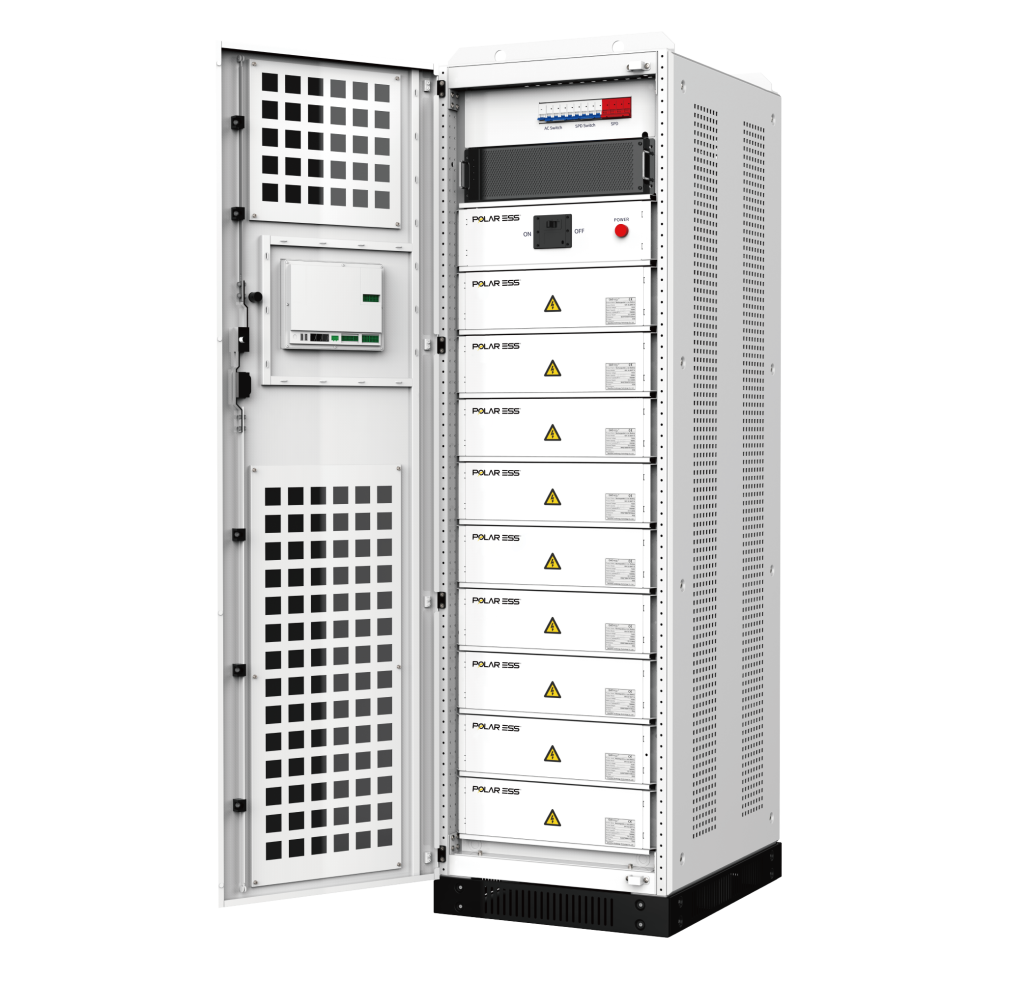
The all-in-one energy storage system is a revolutionary technology that has gained significant attention in recent years. It combines various components, such as batteries, inverters, and control systems, into a single unit to provide efficient and reliable energy storage solutions. This article aims to analyze the benefits and challenges associated with this innovative system and discuss its potential for widespread promotion.
The Advantages of the All-in-One Energy Storage System
The all-in-one energy storage system offers several advantages over traditional energy storage methods. Firstly, it simplifies installation and reduces costs by integrating multiple components into one compact unit. This streamlines the setup process for both residential and commercial applications.
Secondly, this system enhances overall efficiency by minimizing power losses during conversion processes. The integration of batteries with high-performance hybrid battery inverters ensures optimal utilization of stored energy while maintaining stability in grid-connected operations.
Furthermore, the all-in-one design facilitates seamless communication between different components within the system. This enables advanced monitoring capabilities and remote management options for users to monitor their energy consumption patterns effectively.
Polar ESS: A Leading Example

Polar ESS is an exemplary brand that has successfully implemented the all-in-one energy storage system concept. Their products have gained recognition for their exceptional performance, reliability, and user-friendly interfaces.
Polar ESS’s solution incorporates cutting-edge lithium-ion battery technology along with intelligent software algorithms to optimize charging/discharging cycles based on real-time demand fluctuations. The modular design allows scalability according to specific requirements without compromising efficiency or safety measures.
The Hybrid Battery Inverter Advantage
A crucial component within the all-in-one energy storage system is the hybrid battery inverter – responsible for converting direct current (DC) from the batteries into alternating current (AC) for household or grid use. This inverter technology plays a vital role in ensuring seamless energy flow and maintaining system stability.
Hybrid battery inverters are designed to efficiently manage power flows, intelligently switch between grid-connected and off-grid modes, and provide backup power during outages. Their advanced features include voltage regulation, frequency control, and synchronization with renewable energy sources like solar panels.
Conclusion
The all-in-one energy storage system represents a significant advancement in the field of sustainable energy solutions. Its integrated design offers simplified installation processes, improved efficiency, enhanced monitoring capabilities, and reliable performance.
Promoting the adoption of this technology is crucial for achieving a more sustainable future. Governments should incentivize its implementation through supportive policies and financial assistance programs. Additionally, manufacturers must continue investing in research and development to further improve the affordability and accessibility of all-in-one energy storage systems.
By embracing this innovative solution on a larger scale, we can accelerate our transition towards cleaner energy sources while ensuring a stable supply for future generations.
